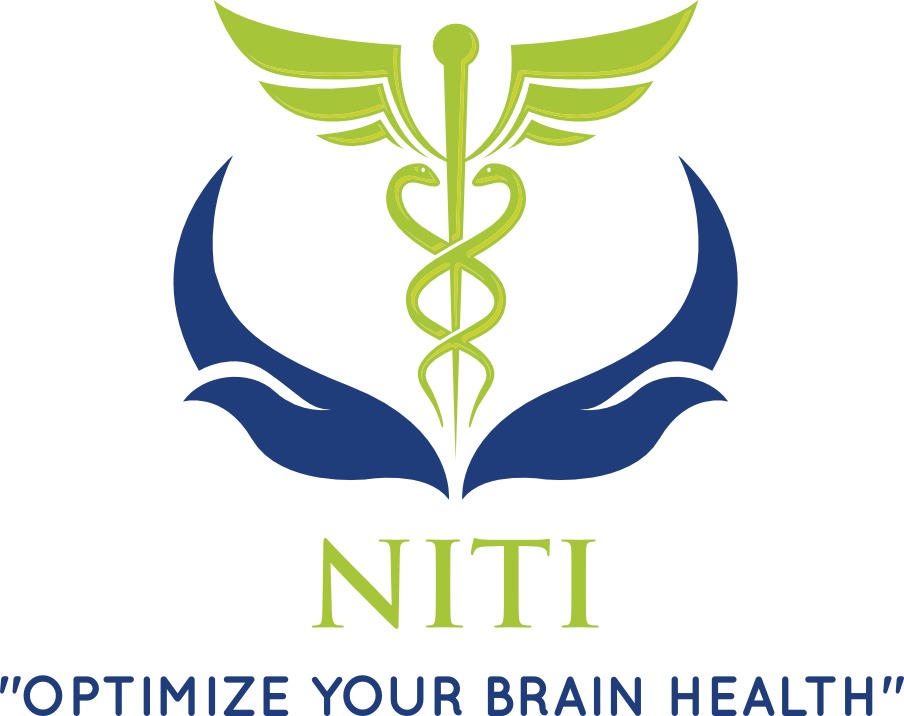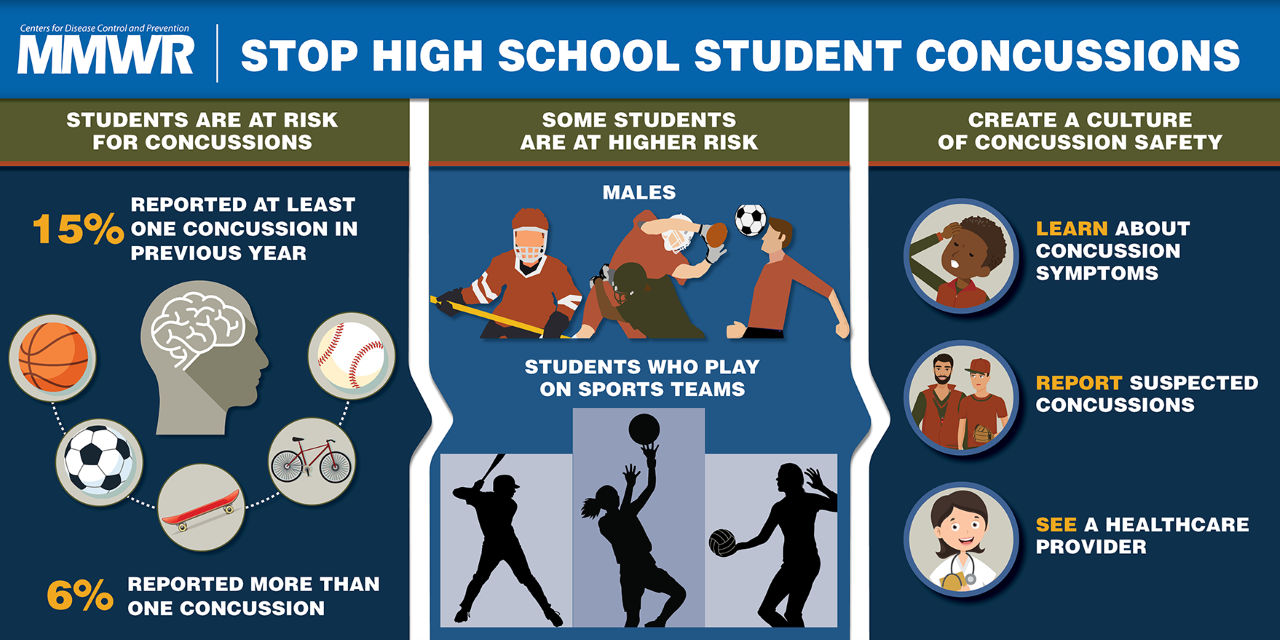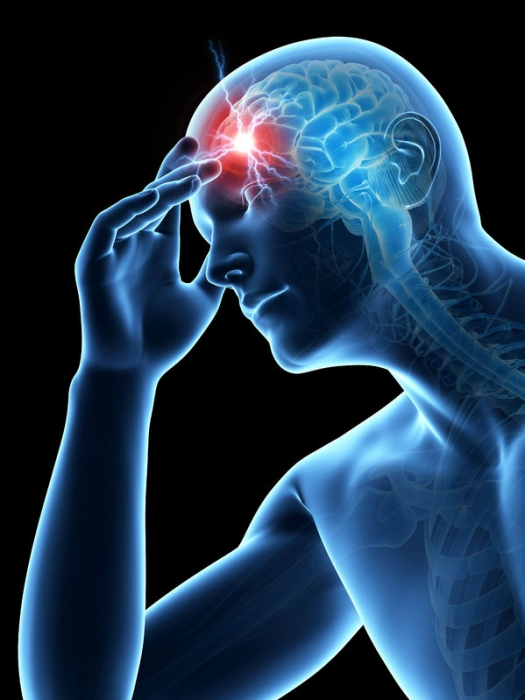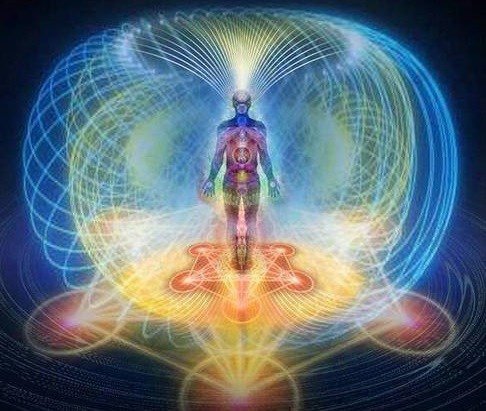TBI / Traumatic Brain Injury
Back to Conditions Treated

What is TBI?
Traumatic brain injury or TBI is caused by a bump, blow, or jolt to the head or a penetrating head injury that can interrupt the normal brain functioning. It is important to understand that not all head injuries or blows to the head will result in a TBI. In most cases the severity of a TBI may range from “mild” (i.e., a brief change in mental status or consciousness) to “severe” (i.e., an extended period of unconsciousness or memory loss after the injury). The most common form of head injury that commonly occurs is referred to as concussions.
People who have symptoms of TBI / concussions can benefit from a specific kind of neurotherapy called LENS that helps the brain to reset itself, and can restore cognitive functioning for mild to moderate TBI. This type of therapy is quite effective, and may even be utilized with people who are unable to pay attention or can’t stay still such as those resulting from head injury, stroke, ADHD, etc.
What are the Signs and Symptoms of Concussion?
Most people with a concussion have a good recovery from symptoms experienced at the time of the injury. But for some people, symptoms can last for days, weeks, or longer. In general, recovery may be slower among older adults, young children, and teens. Those who have had a concussion in the past are also at risk of having another one and may find that it takes longer to recover if they have another concussion.
Symptoms of concussion usually fall into four categories. Besides is a chart available at CDC.org that describes the four categories of concussions. If you or your family member shows any of these symptoms please contact your physician for further investigation.
| Thinking/ Remembering |
Physical | Emotional/ Mood |
Sleep |
|---|---|---|---|
| Difficulty thinking clearly | Headache/Fuzzy or blurry vision | Irritability | Sleeping more than usual |
| Feeling slowed down |
Nausea or vomiting (early on) Dizziness |
Sadness | Sleep less than usual |
| Difficulty concentrating | Sensitivity to noise or light / Balance problems | More emotional | Trouble falling asleep |
| Difficulty remembering new information | Feeling tired, having no energy | Nervousness or anxiety |

Some of these symptoms may appear right away, while others may not be noticed for days or months after the injury, or until the person starts resuming their everyday life and more demands are placed upon them. Sometimes, people do not recognize or admit that they are having problems. Others may not understand their problems and how the symptoms they are experiencing are impacting their daily activities.
The signs and symptoms of a concussion can be difficult to sort out. Early on, problems may be missed by the person with the concussion, family members, or doctors. People may look fine even though they are acting or feeling differently.
Non Pharmacological Interventions:
Neurofeedback, Biofeedback and HeartMath training: If you suffer from symptoms of TBI a quantitative EEG assessment (QEEG) can assist in identifying some of the underlying issues related to your symptoms. Our trained clinicians will customize a treatment plan that will include a combination of effective neurofeedback treatments (LENS and traditional neurofeedback treatments) with HeartMath training and counseling.
Some of the Benefits of training with HeartMath for TBI:
Training with HeartMath and learning to control anxiety can be truly life-transforming. The following are among the key benefits of training.
- Stress hormones decrease.
- Energy level increases.
- Decrease negative thinking and procrastinations.
- Improve overall quality of life.
- Improve test preparation / job performance
Some of the Benefits of training with LENS and traditional neurofeedback for CFS & Fibromyalgia:
It helps to re-train the brain and or optimize the functioning of the entire brain by removing barriers and improving the connections and brainwave activity in a certain region of the brain or among different regions of the brain. It releases the old stuck or abnormal patterns to create new and more effective, stronger and organized patterns. Training protocols are generated from the initial QEEG brain mapping. Training involves audiovisual feedback that involuntarily teaches the individual to self-regulate the abnormal brain wave patterns that are presented to them on computer screen in a number of ways.
Types of neurofeedback therapy used:Traditional neurofeedback. Coherence (communication) training. Z-Score Training
FREE CONSULTATION:
Make an appointment today to find out how QEEG guided neurofeedback treatments with HeartMath trainings can assist in improving your quality of life and give you a long term relief from CFS & Fibromyalgia symptoms.
At NITI WE offer Concussion testing and management for your loved ones
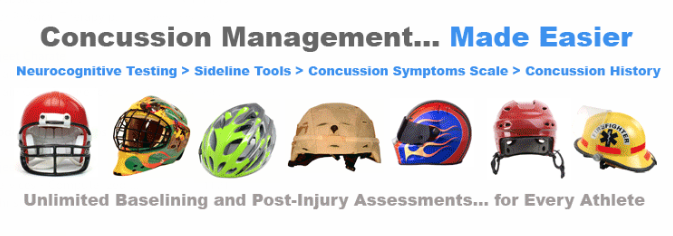
Concussion Baseline Test Information and Instructions
Why you should take a concussion baseline test
Concussions can happen to anyone at any time. The MMC Concussion Test is a scientifically based system that aligns with current sports concussion guidelines and can be taken as part of a concussion management program. Every athlete in your house should take a baseline concussion test annually, as the brain continues to change throughout development. A baseline test is taken prior to participation in any athletic activity. Anyone ages 10 to 70 can take the test.
The test measures different sections of the brain that are most likely to be impaired in the case of a concussion. If a head injury does occur, athletic trainers and clinicians can administer a post-concussion test to compare the results of the baseline test to the post-concussion test. This will provide vital information for making decisions regarding your child’s health and a timeline for return to play. This concussion baseline test should not be used as an IQ test and does not diagnose concussions or mental illness.
What “baseline” means According to the CDC, “Baseline means the athlete is back to their regular school activities, is no longer experiencing symptoms from the injury when doing normal activities, and has a green light from their health care provider to begin the return to play process.”
Taking the concussion baseline test
This concussion baseline test takes around 30 minutes to complete. A computer with a keyboard and steady internet connection are required.
**You are responsible for downloading, saving, and printing your concussion baseline test report upon completion. You are responsible for sharing this report with your physician.**
“Compared to Peers” feature on test results
If you are between the age of 10 and 25, you will have access to the Compared to Peers section on the baseline report. This feature will be able to use your results in order to compare them to others in your age group. The Compared to Peers scores are not intended to and should not be used to make any sort of return to play decisions. Those values simply provide a general idea of how the individual scored compared to his or her peers. There are three possible groups in the Compared to Peers column:
· Above Average: scoring greater than one standard deviation higher than their peers.
· Average: scoring falls between Above Average and Below Average.
· Below Average: scoring less than one standard deviation lower than their peers.
About 2/3 of a individual’s peers will score Average. These groups are strictly defined by accepted psychometric statistics. Those scoring Below Average have a percentile rank of less than 16. Similarly, those scoring Above Average have a percentile rank of greater than 84. Individuals with extremely low scores that cannot improve upon retest might need to see a qualified healthcare provider for a more comprehensive workup. If you are a clinician and are interested in other types of neurocognitive testing in addition to concussion management/assessment, please visit the Concussion Vital Signs Clinician Portal.
MMC Concussion Test results alone are not evidence for returning your child to play sports. Clinicians should perform a comprehensive exam as needed. It is important to be aware that individuals who do not do their best on the baseline test might score higher on a post-concussion test, and this can cause inaccurate results and affect treatment decisions.
Please note that an “N/A” in the Compared to Peers column will appear in the reports of individuals older than 25 or younger than 10 and does not affect the results of the baseline status assessment (i.e., the results of the assessment would be the same with or without the Compared to Peers information).
Testing Environment
The individual taking the test should do the following:
· Be sure he or she can sit uninterrupted for the entire testing period.
· Turn off all electronic devices.
· Become familiar with the test instructions prior to taking the test.
· Make sure the testing environment is free from distraction.
· Make sure there are no hand or arm injuries or seating challenges that might impede testing.
· Avoid testing while fatigued, distressed, or under the influence of drugs or alcohol.
· Wear any necessary glasses or corrective lenses.
Test Sections
- Verbal Memory Test – a 15-word memory test where the individual will respond with the spacebar if they have seen one of the words before when challenged with another word list.
- Visual Memory Test – a 15-image memory test where the individual will respond with the spacebar if they have seen one of the images before when challenged with another image list.
- Finger Tapping Test – the individual will tap the spacebar as many times as possible in 10 seconds. There will be three trials with each hand.
- Symbol Digit Coding Test – the individual will complete a grid where an answer key is presented and using the numbers from the key, match a number with a shape in the grid. The number keys across the top of the keyboard will be used to respond.
- Stroop Test – the individual will respond to colors and words in three different subtests.
- Shifting Attention Test – the individual will respond to changing rules (Match Color or Match Shape) by responding with the left and right arrow keys.
- Continuous Performance Test – the individual will respond with the spacebar each time they see a letter “B” on the screen.
MMC Pre-Concussion Baseline Test
- Quick, easy, and affordable
- Self-administered at home
- Validated, objective, and reliable
- Immediate, printable results
- Suitable for ages 10–70

Your Health Starts Here
If you think that you or someone you know may benefit from our treatments
please call for a free consultation at 815-931-0047
